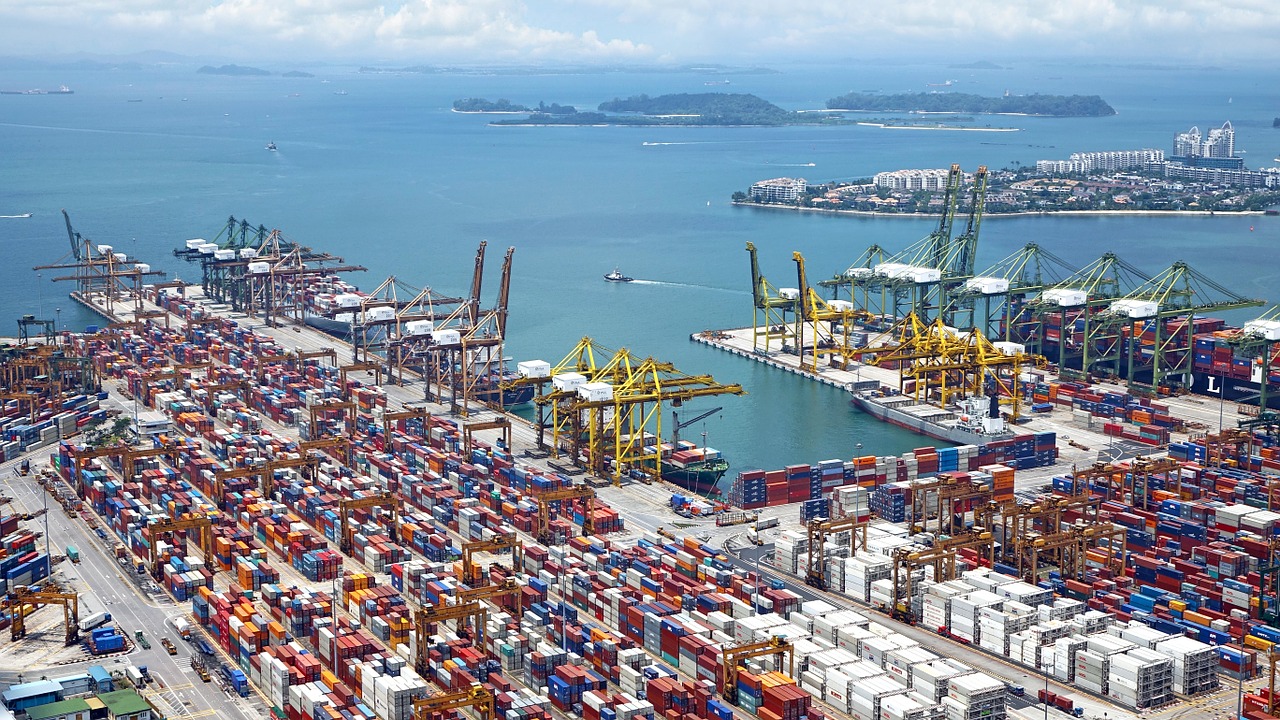The huge need to create all the staging facilities for expected offshore wind growth in the U.S. will take time to solve, and many states are working on it.
The capacity at ports for such growth is nowhere near where it will need to be; that will take many years. But, though much planning and infrastructure work needs to be done, industry professionals are hopeful.
“We do not currently have the large ports that can handle the type of activity in one central location like there are overseas. The model currently is to utilize multiple smaller ports together to achieve the outcome of one large port,” said Brigitte Hagen-Peter, Marine Asset and Operations Manager for Siemens Gamesa. “There are states taking the initiative and making the investments in their ports and their infrastructure to get us going in the right direction, but we are not there yet.”
Other challenges facing the burgeoning U.S. offshore wind industry include the growing need for purpose-built vessels for the new sector. There’s also a growing need for workers who are skilled in offshore wind development, and educational institutions are stepping up to the task. But timing the training of the workers to coincide with open positions or soon-to-be-available jobs also will be crucial.
While President Biden’s hopeful news earlier this year that the federal government will be backing a huge expansion of offshore wind development over the next 15 years bodes well, the process of developing offshore wind is laborious and complex. And right now, in preparing for an expected future boom in U.S. offshore wind, ports are lagging behind, industry experts say.
Part of the problem has been that demand for this type of activity has not existed much, until recently. Various states have been studying the sector and are becoming proactive about its potential. But efforts are not yet coordinated across the sector.
“Industry has engaged with ports, as well as state and local governments to advance the development of the port infrastructure that will be needed. Those activities have tended to be fairly localized — industry developing ports in states where they have contracts to sell the offshore wind power their wind farm will generate. These ports will be useful, and indeed necessary to early projects,” said Stephanie McClellan, an offshore wind consultant who is the founder of the renewable energy policy program the Special Initiative on Offshore Wind.
One issue in the ramp-up of ports for offshore growth is the lack of far-reaching strategic planning.
“We don't see a comprehensive port development plan to prepare for the growth. What are the ports that will be needed?” McClellan said. “Where are they most efficiently developed for the future of offshore wind — anticipating innovation in installation…will require federal leadership, state cooperation and industry participation to prepare a port development roadmap to ensure the industry can succeed in a timely and cost-effective manner.”
In truth, any perceived delay in ramp-up for offshore growth may be no one’s fault. It’s just very early in the development of this new industry in the U.S. Government initiatives, intermunicipal cooperation, corporate funding, technology development, supply chains and other moving parts of this sector’s growth need time to mature.
“As planning for U.S. offshore wind projects becomes more advanced, ports and municipalities are becoming increasingly aware of both the challenges, but more importantly the opportunities,” said Michael St. James, principal consultant for St. James Marine. “There is much more that needs to be done, but it is happening and will continue to gather momentum as utility-scale offshore wind becoming a reality in the U.S. comes more clearly into focus.”
While things may seem slow to rev up now, in 2021, ports do have some lead-time to prepare. Industry experts say the U.S. offshore wind boom won’t hit full-swing for a few years, but some caution that now is the time to prepare for that future boom.
“Every port in the U.S. should be asking how they’re going to prepare for 2024, because that’s when the work will happen,” Karl Humberson, director of project construction for Dominion Energy said in a recent WorkBoat webinar.
States are stepping up. Virginia, Maryland, North Carolina and others have studied offshore wind, created memorandums with each other on green energy, and are planning to capitalize on this new energy source.
North Carolina Gov. Ray Cooper’s recently announced Executive Order No. 218 establishes development goals of 2.8 gigawatts of offshore wind off the state’s coast by 2030, and 8 gigawatts by 2040. The effort will help the state fulfill its Clean Energy Plan goals of a 70% reduction on power sector greenhouse gas emissions by 2030, and being carbon-neutral by 2050.
Collectively, states have set 29,000 megawatts of offshore win procurement targets. By creating 13 offshore wind projects, developers plan to have 9,100 megawatts of offshore wind power online by 2026.
New York state officials’ choice of Equinor to develop the 816-megawatt Empire Wind project, New York’s first large offshore wind development, could be a model for the sector. As this large job and other U.S. projects develop, related technology, as well as best practices for such developments, will be refined. Economies of scale likely will become more attainable, too, and ports are busy digging into the work.
“U.S. ports of all sizes are dredging channels and fortifying their dock spaces to work with offshore wind components like foundations, transition pieces, blades, nacelles and towers,” said Kyle Kingman, President of Offshore Power, LLC. “Coordinating logistics and planning between all of these ports will be a major challenge. It is important to collaborate and optimize the port activity to increase efficiency and ultimately reduce costs to the rate payers.”
But will those energy consumers who will benefit from offshore wind power soon see lower costs because of the new green energy? Experts don’t think so. It will take money to make money in this sector, and the full return on investment (in terms of lower rates) will be years in the making.




